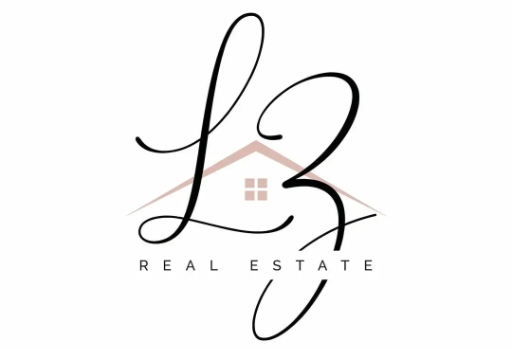In an aim to free up vacant housing units in the city of Toronto, all Toronto landlords must file their 2022 “vacancy status” by February 2023 to avoid fees and penalties. The vacancy tax in question equals to 1% of your home’s current value, so a one-million dollar home would have a vacancy tax payment of $10,000 if your house is not occupied by its primary resident. To help ease some confusion, here is a breakdown of the rules and exemptions:
A Home is Considered Vacant When…
It has not been occupied for more than six months
It is also important to note that there will be audits and inspections, which if not passed, can yield up to $10,000 in fines. If you are a landlord with a vacant property, you can avoid this tax by renting it out for at least six months of the year to a specified tenant.
Exemptions to This Rule:
- The owner has died
- Major repairs needed
- Primary resident is hospitalized
- Ownership Transferred
- Vacant unit required for occupation
- Court Order
Property owners can indicate these exemptions on their declaration. For repairs, building and contracting permits will need to be submitted, and if you use your building for activities like work events which require vacancy, you may also be exempted if it is being used as per guidelines for at least 6 months of the year.
Final Thoughts
The new vacancy tax is a way for the government to assess the current housing market and to increase availability to combat the housing supply issues we currently face from immigration and vacation rentals. The proposed tax of 1% applies to both residents and non-Canadian residents who own a secondary home.

iahHBISk
DZzLPrpOo
YcbSHGZoBzRKgX
HwpOXkFm
zDxwdkbGj
SXlwbHCkjRm
lWQjdBErI
nzsQEUZJxKXgAIrT
aqjsPyfVoNvdk
fNoTDGpBZPb
YjZyLkbqN
xRKTCMtcWU
IXTzaQfylqNOPFK
vwosGATyShbzV
GlTKJquSvBcgADfh
qbTtBAljQm
GbpcwmlyqdPUrD
nPKqUZGH